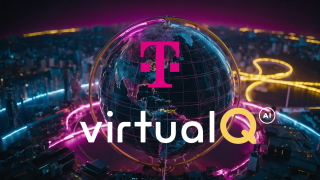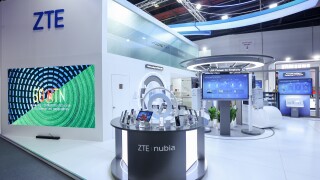What makes Colt DCS unique as a data centre partner for carriers, service providers and cloud platform operators?
Firstly, we do try to be a more flexible organisation than most. Many of our competitors are either publicly traded companies or investment trusts which therefore have certain constraints on what contracts they can and cannot accept. We have more freedom in how we structure our contracts, and in deciding which risks we are willing to take on the commercial aspects of a deal.
Additionally, we have a good reputation in the market for delivering on our commitments. The quality of our data centres also tends to be higher than others. We try to offer a consistency of service, whether the customer is buying in London or Tokyo, while of course taking care to comply with local regulations.
What are customers and partners looking for at the hyper-scale end of the data centre market? What is Colt DCS’s track record here?
Before terms like hyperscale and core versus edge came along, we already had data centres in locations in Tokyo, London, Paris and Netherlands which offered impressive scale and compute resources in a core location, as well as other data centres in what one might term edge locations. We’re focused on making that core to edge strategy work, sharing capacity between the two with our campus network proposition. Customers like the fact that we can manage this without relying on others to do it for us.
My job is to target the major hyper-scale cloud providers around the world by creating the right product for these CSPs.
What these organisations are looking for is speed to market for a low cost. They want durability and scalability too. When they do a deal, they are always looking ahead three to five years, checking that you have enough capacity so they can grow within your site. Security is very important as well, both in a physical sense and in the area of compliance. You need also to demonstrate that you are energy efficient and, depending on the country you are in, that you are using renewable energy.
What sort of data centres will tomorrow’s cloud services market depend on?
From a power density perspective, our experience tells us that this is almost doubling every five years. With things like artificial intelligence coming into the market, I think this trend will only increase. Another consideration will be location, and network connectivity. A challenge that the whole industry will face is positioning data centres where they can have the power they need from the grid. The further away from the DC you go, the more that is a problem for CSPs. Given the radius they are prepared to accept, is there enough capacity for them within that? Network capability and latency will be critical.
How important are green credentials for a data centre operator? Are they valued by customers?
This is something that most customers are asking for now, compared to three or four years ago. The data centre industry is similar to the airline industry in terms of its carbon footprint. Whether we like it or not, governments will regulate data centres just like any other carbon-heavy industry. We need to get ahead of the curve on renewables. Will customers pay more for this? Some will, but not all. There’s no standard position here among customers and their expectations is evolving each year.
Finally, how would you describe Colt DCS’s business strategy, product roadmap and expansion plans? What sort of company will it be in three or five years’ time?
Our goal is to double the size of our business in that time frame. To do that we plan to open more core hyper-scale data centres. We have greenfield developments going on right now in Frankfurt which will come online at the end of 2019. We are looking to build in India too, as well as expand our capacity in London, Paris, Amsterdam, Tokyo, Osaka and Singapore. We will continue to support hybrid solutions by strengthening our edge to core strategy with the deployment of our campus network propositions and enhancing our connectivity ends.




